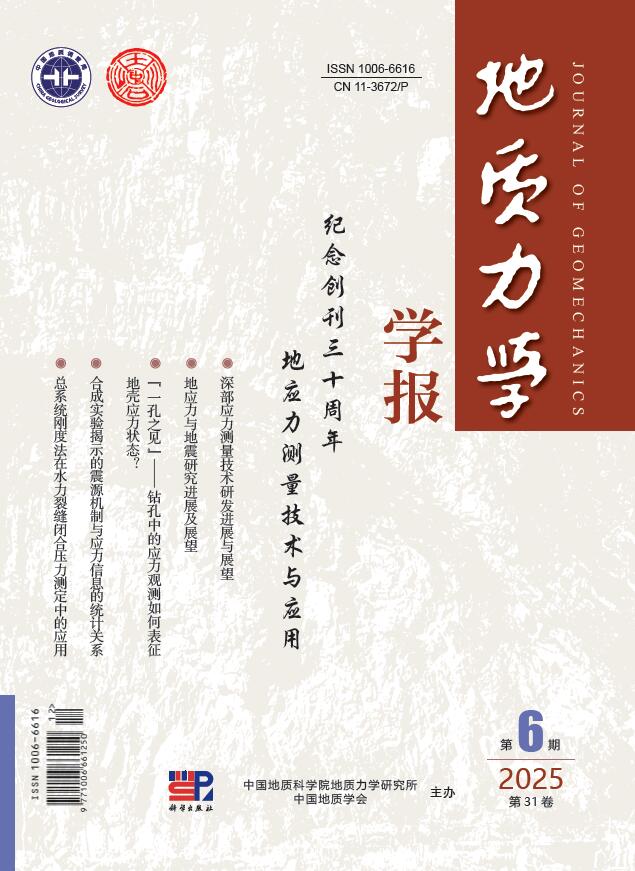2016 Vol. 22, No. 2
Display Method:
2016, 22(2): 185-198.
Abstract:
2016, 22(2): 199-211.
Abstract:
2016, 22(2): 212-222.
Abstract:
2016, 22(2): 223-231.
Abstract:
2016, 22(2): 232-244.
Abstract:
2016, 22(2): 245-255.
Abstract:
2016, 22(2): 256-268.
Abstract:
2016, 22(2): 269-284.
Abstract:
2016, 22(2): 285-293.
Abstract:
2016, 22(2): 294-309.
Abstract:
2016, 22(2): 310-324.
Abstract:
2016, 22(2): 325-337.
Abstract:
2016, 22(2): 338-345.
Abstract:
2016, 22(2): 346-356.
Abstract:
2016, 22(2): 357-365.
Abstract:
2016, 22(2): 366-378.
Abstract:



